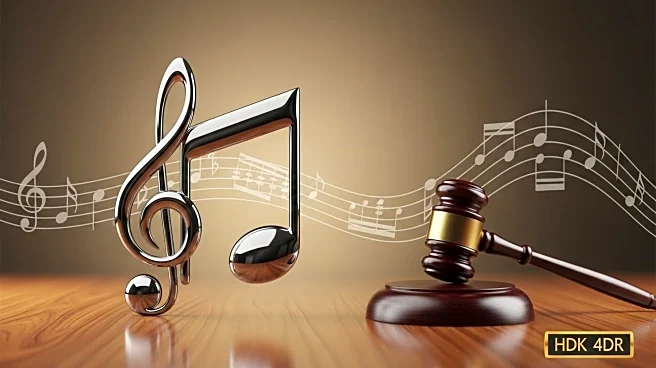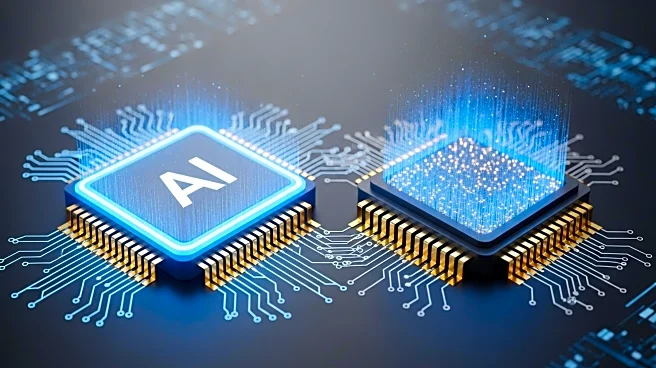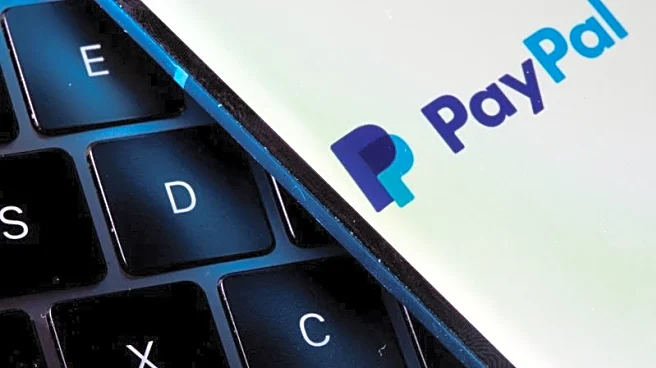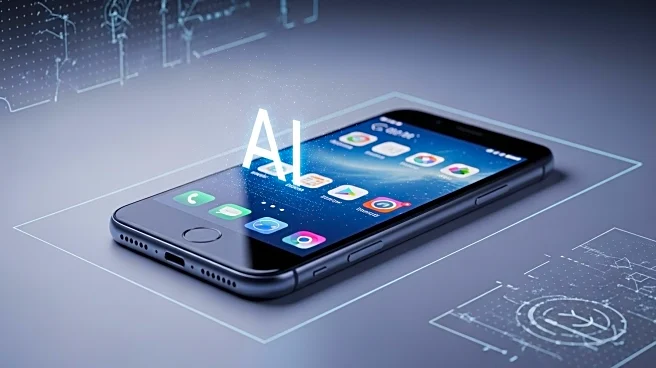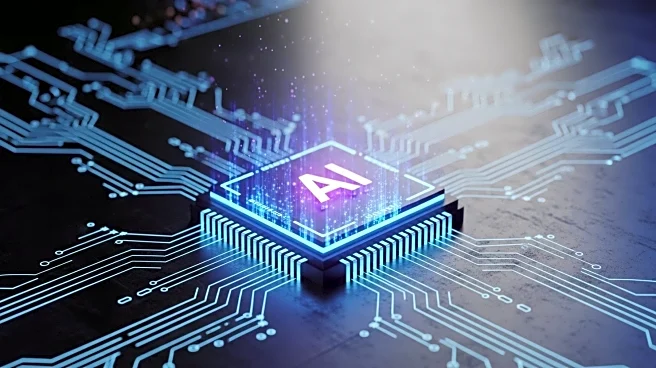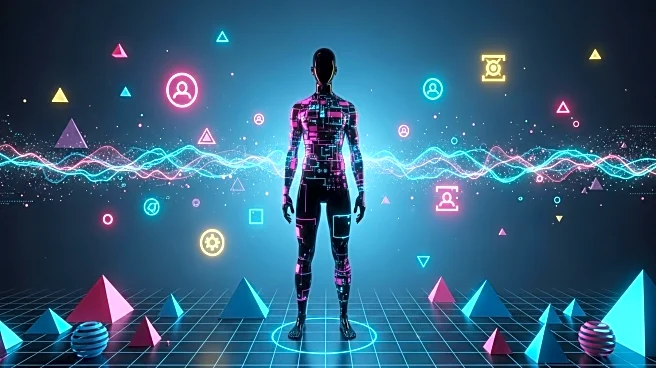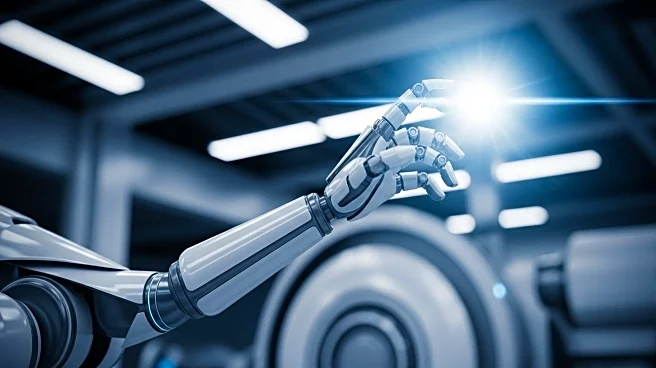What's Happening?
AI music generators, such as Udio and Suno, are facing legal action in the U.S. over allegations of copyright infringement. These platforms use vast amounts of music data, potentially without consent, to train their models, allowing them to produce music that mimics human compositions. The lawsuit, filed by artists and major record labels, claims that this practice constitutes copyright infringement on a massive scale. The AI companies argue that their use of copyrighted music falls under 'fair use,' a legal defense that is currently being contested in court. This legal battle highlights the tension between technological innovation and intellectual property rights in the music industry.
Why It's Important?
The legal challenges faced by AI music generators are significant as they could set precedents for how AI technologies interact with copyrighted material. The outcome of these cases may influence the future of AI in creative industries, potentially reshaping how music is produced and distributed. If the courts rule against the AI companies, it could lead to stricter regulations and licensing requirements for AI-generated content, impacting the development and accessibility of AI music tools. Conversely, a ruling in favor of the AI companies could encourage further innovation and expansion of AI applications in music, raising ethical and economic questions about the role of human creators.
Beyond the Headlines
Beyond the immediate legal implications, this situation raises broader ethical concerns about the use of AI in creative fields. The ability of AI to replicate human artistry challenges traditional notions of creativity and authorship, prompting discussions about the value of human input in art. Additionally, the widespread use of AI-generated music could affect the livelihoods of musicians and composers, necessitating new business models and revenue streams to support human creators. This development also highlights the need for clear guidelines and policies to balance technological advancement with the protection of intellectual property rights.
